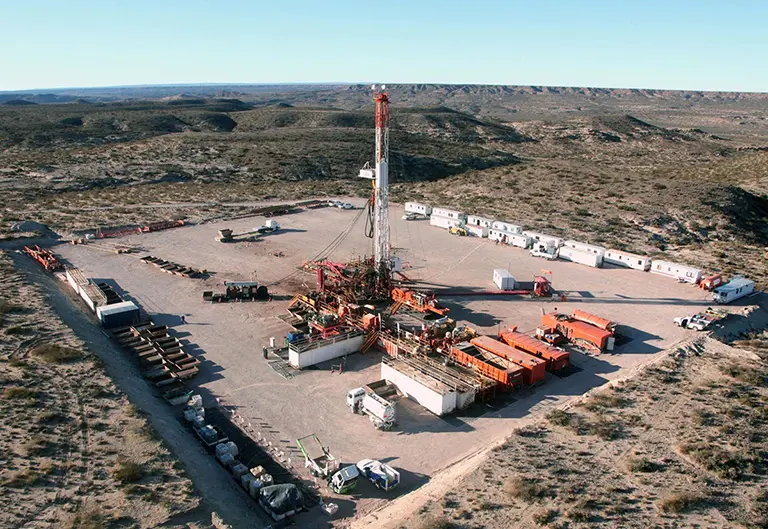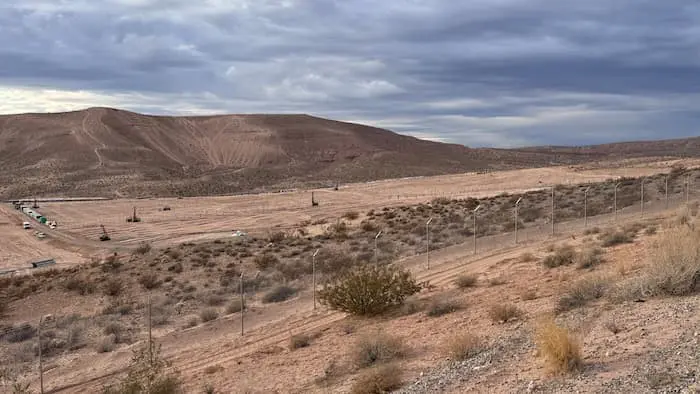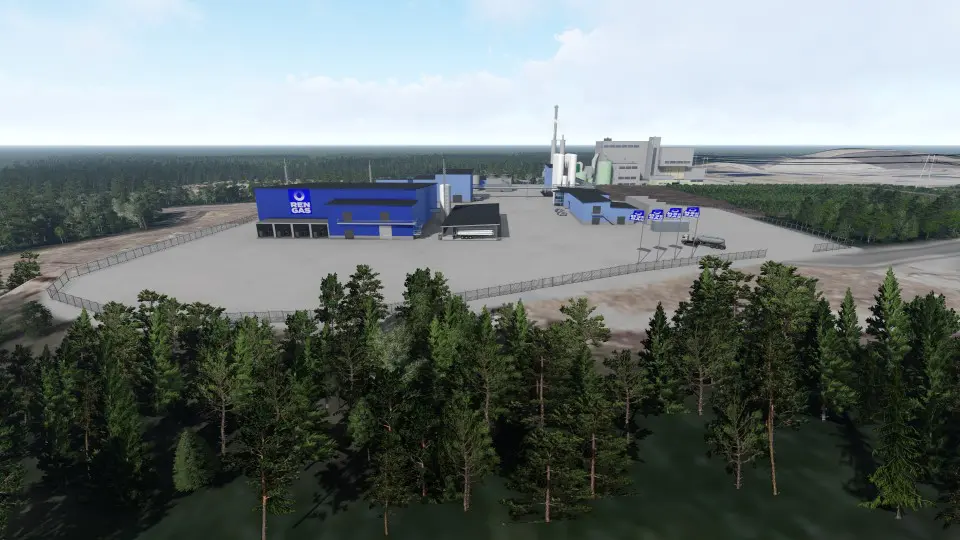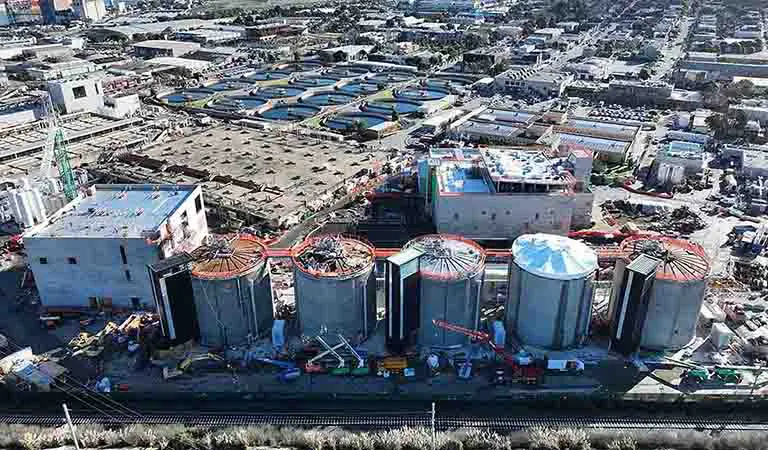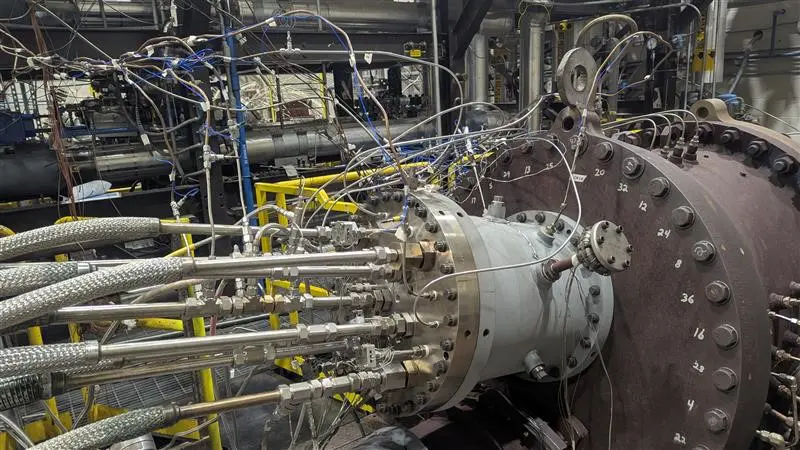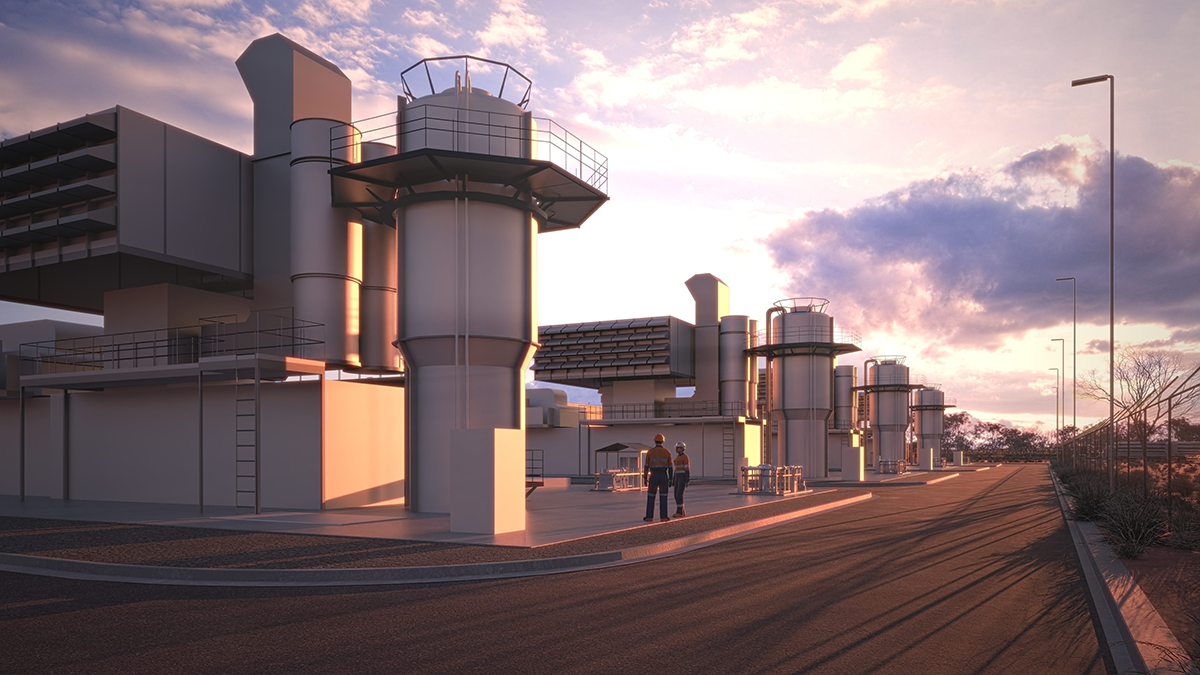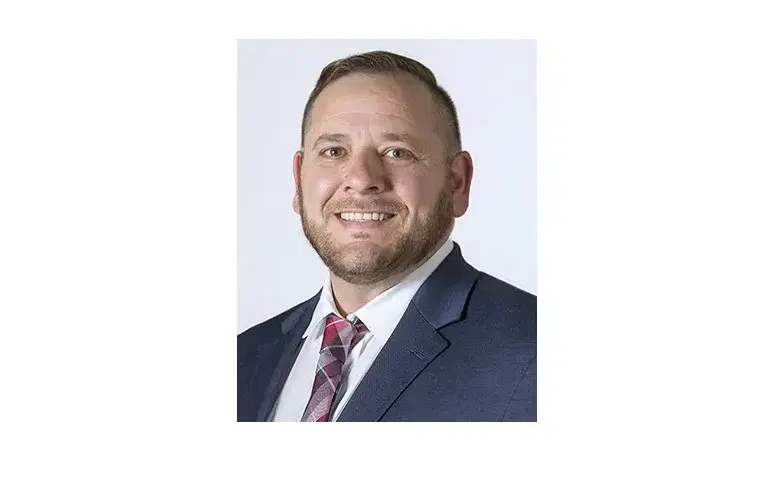
Sponsored Content: Creating The Lowest-Cost Solution For Greenhouse Gas Reduction
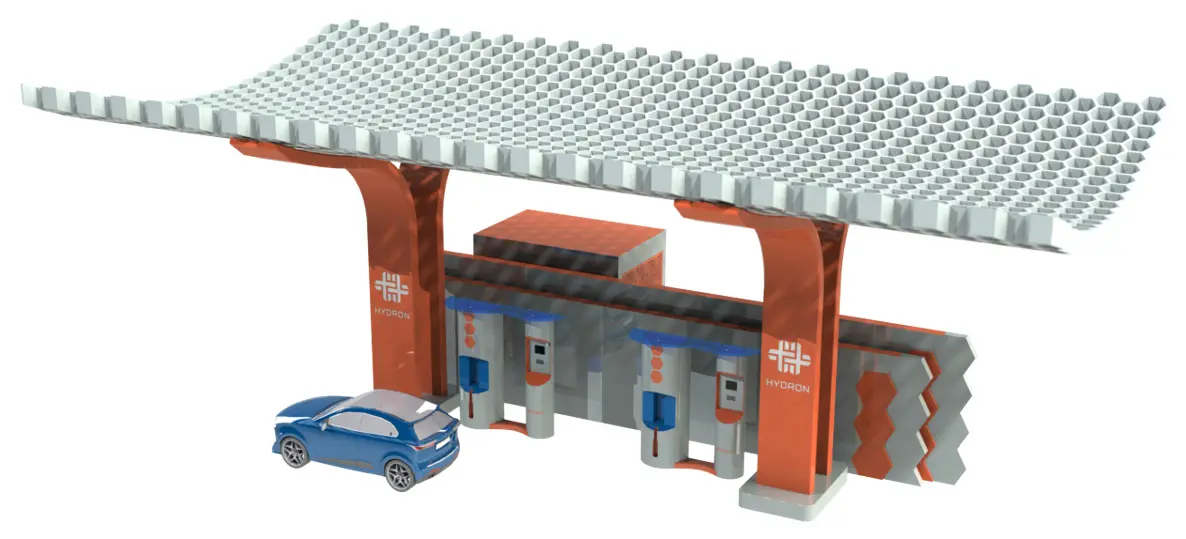
This article was written by Alison Cartier.
While being in a car accident is rarely viewed as a favorable circumstance, it was the catalyst that sparked Soheil Khiavi’s entrepreneurial ambitions to develop and commercialize the most efficient technologies to reduce greenhouse gas (GHG) emissions. Forced to stay home for several months in 2006 to recover, Khiavi often found himself watching broadcasts from the Canadian Parliament discussing the long-term clean energy policies. He recalls listening to Rona Ambrose, Canada’s Minister of Environment and Climate Change at the time, discuss how Canada could not meet carbon dioxide (CO2) emissions targets set through the Kyoto Protocol because there were no technologies that could help with the reduction without hurting the economy.
Khiavi was on medical leave from his position as advanced applications leader with QuestAir Technologies, an emerging developer and supplier of advanced gas purification systems. Naturally curious and bored from being unable to work, the chemical engineer began researching the details. “It wasn’t a political gesture,” recalls Khiavi. “They were correct, meaning that no economically viable technology, product, or industry was available to meet those targets.”
Khiavi explains that back then, the cost for post-combustion carbon capture was about US$220 per ton, but needed to be much closer to US$22 per ton to be economically viable. He recalls that pre-combustion solutions had some options, but the technologies Khiavi investigated couldn’t achieve the cost targets needed. “More than a decade later, that problem still exists, but the gap is smaller since smart people have been working on the problem,” said Khiavi.
Khiavi was intrigued by the opportunity to lower Canada’s carbon emissions. But his employer, QuestAir, didn’t think the challenge fit with its commercial business models. Uninterested, the company released the concepts to Khiavi to pursue on his own time. Xebec Adsorption Inc. was eventually acquired by QuestAir, and Khiavi became the director of technology and process development of Xebec. After leading the commercial development of several hydrogen purifications, biogas upgradings, and natural gas dehydration systems using pressure swing adsorption, Khiavi resigned from Xebec to pursue his interests.
Post-Combustion CO2 Capture
With three former colleagues from QuestAir, Khiavi launched Inventys Thermal Technologies to create the lowest-cost carbon capture solution. “That was the birth of my carbon capture invention,” said Khiavi. “It was a lot of work and little pay. Then, we got our first round of financing, then the second round of financing. All told, we raised and spent nearly US$50 million, about half of it in non-dilutive funding.”
“I blinked, 10 years had passed, and it was 2019,” said Khiavi.
By then, Inventys had grown from four employees in a garage to more than 30 in a large facility with dedicated adsorption and testing labs and manufacturing equipment. The company had built its first lab test unit with support from UK-based Energy Technologies Institute, partnered with the US Department of Energy and NRG Energy to test its half-tonne-per-day CO2 capture unit on a coal-fired power plant in Texas, and was building its first 30-tonne-per-day CO2 capture plant at Husky Energy in Saskatchewan. Work was underway to develop a system to capture post-combustion CO2 from a cement plant in British Columbia. Meanwhile, a laboratory test unit was being developed for TotalEnergies’ research and development center in France. Khiavi’s original technology had evolved from using activated carbon-based adsorbents to novel materials. Yet the same technology architecture, adsorbent bed structure, process cycle, and valves that Khiavi developed and patented remained steady.
In 2019, Khiavi left the company, and the name was changed to Svante. While only one of the founders remains on board Svante today, the company has raised more than US$100 million and is moving ahead with commercialization.
A New Challenge: Pre-Combustion CO2 Removal
“Leaving wasn’t easy, but then I remembered I’d only tackled half of the challenge I set to conquer several decades earlier,” said Khiavi. “Yes, we had created the lowest-cost solution for post-combustion CO2 capture, but I hadn’t touched pre-combustion yet.”
Khiavi knew all along that the technology he invented could help reduce GHG emissions by capturing CO2. However, more work was needed to prevent the production of CO2 in the first place, so he headed back to his lab. Eighteen months later, he invented a new process for pre-combustion carbon capture. Hydron Energy (Hydron) was born with the financial support of a succesful businessman, Mani Chopra, the founder of Potash One, the technology prowess of Khiavi, and the experience of several former colleagues who had also left Inventys years ago.
“After I left, I started working on the second half of the problem, which is pre-combustion carbon capture,” said Khiavi. “Pre-combustion carbon capture is basically removing the CO2 before making a fuel, and there are several different ways of doing it.”
Khiavi looks to nature to guide his early-stage technology development process. “Overall, I believe that the smartest brain in the world is Mother Nature,” said Khiavi. “Through trial and error and time, nature evolves and adapts to create the most efficient approach. So when it comes to clean energy, we need to pay close attention to nature and innovate and invent industrial technologies and processes that are mimicking nature’s seemingly effortless actions very closely.”
Khiavi explains that he is referring to catalytic reactions in chemicals that naturally free up the energy needed for our cells and how our lungs rely on chemistry to separate the oxygen our body needs and remove the CO2. “Conventional gas separation technologies rely on 18th-century thermodynamics,” said Khiavi. “These technologies apply a large amount of pressure using media, whether it’s a zeolite media or membranes, to remove molecules from each other. Their efficiency number is low. They spend much effort — money, capital, and energy — to force the gases apart. But, if we look at how nature does it, we don’t see high-pressure compressors or deep vacuum pumps in living creatures. Nature uses mild process conditions, near-ambient pressures and temperatures, and instead relies on complex chemistry. So, we figured out how to take those important functions and integrate them into our technology. This approach is quite unique.”
Introducing The INTRUPT Process
With Hydron, Khiavi is building upon the success of the components he previously developed throughout his long career by adapting those learnings and creating new patentable technologies for pre-combustion gas purification. The INTRUPT process, short for Intensified Regenerative Upgrading Platform Technology, does not require high pressure or high temperature to do the separations. Operating within ambient conditions and with minimum driving force makes the process more efficient and lowers both capital and operating costs.
The technology’s core components include the patented nano-material formed into parallel passage contactors (PPCs), dynamic rotor valves with unique leakproof seals, and a proprietary rapid cyclic process using low-grade heat as its driving force. Again looking to nature for examples, Khiavi included steps within the cyclic process to repair and restore the system’s condition.
“While some PPCs are active in the separation step, others spend time regenerating and reactivating. This way, we can maintain our footprint, maintain high-quality performance, and not worry about the durability in its conventional term. Moreover, we do not need to replenish expensive parts or materials to create a durable system because the system is developed to regenerate and repair itself,” Khiavi explained.
The compact single-unit process completes in tens of seconds. The company’s general idea is to lower the carbon intensity by optimizing the renewable natural gas (RNG) and blue hydrogen production processes.
Hydron’s Fast Pilot Program
Based in North Vancouver, BC, Canada, Hydron is building its first pilot for purifying anaerobic-digested biogas into RNG. Designed as a mobile unit, the I-Multi pilot will be in the field in the winter of 2022 and can travel to sites with anaerobic digesters to demonstrate viability for RNG upgrading. Aiming for 50% savings in capital and operating costs, INTRUPTors scale remarkably well and enable a practical small-scale system for average-sized dairy and swine manure producers to leverage low-carbon fuel standard credits, and the like, for renewable fuel production. Hydron anticipates the first commercial-scale plant to be operational by 2024. Hydron’s INTRUPTor plants are currently scalable from 60 scf/ min (~100 Nm3/hour) to 1750 scf/min (~3000 Nm3/hour).
“Disrupting a mature industrial market with a new technology is often met with doubt and demands to prove results in the field,” said Hydron Business Development Manager Alison Cartier. “Support provided to Hydron through the BC Fast Pilot Program and from our project partner, EPCOR, is helping us quickly progress our gas separation technology from prototype to commercial product and is opening doors to potential customers, future joint-venture partners, and investors.” Enabling the upgrading process to occur under ambient conditions, the INTRUPT does not require any feed compressors/vacuum pumps, feed gas drying units, or exhaust gas post-treatment systems, which also improves the carbon intensity level.
Khiavi recognizes that his upgrading invention is a platform technology capable of addressing current inefficiencies in several renewable energy and clean tech processes. Therefore, while the team at Hydron focuses on producing RNG at the lowest cost, Khiavi can often be found in his lab with his chemical and process engineers working on future generations.
Next Up: Producing Blue Hydrogen
Khiavi is a long-time proponent of using fuel cells to provide power for applications across multiple sectors, including transportation and industrial processing. He continues to be perplexed by society’s obsession with burning fossil fuels to create energy, knowing all along that using internal combustion engines has only 30% efficiency.
“Burning fossil fuels is very, very sad when you really look at it,” laughs Khiavi. “It’s the same technology the stone-age man used in the caves, and we can actually do better — a lot better. “By reforming the fossil fuels into hydrogen and using it in the fuel cell will boost efficiency to exceed 60%. This concept is not a new concept. Reforming has been done by oil and gas and petrochemical industries for many years, and fuel cells powered the modules in our first mission to the moon. What Hydron is working on is a continuation of all my years of work, as far back as the early 2000s, to create a small, compact, efficient reforming and gas upgrading technology that is integrated.”
Khiavi plans to have a lab demonstration of the hydrogen purifying technology next year, with a field demonstration underway the following year.
Nature and Profits
Khiavi is committed to developing an array of technologies that avoid releasing CO2 molecules that were in the atmosphere 200 million years ago and putting them back into the atmosphere today. Keeping his eye on nature, he envisions a circular economy for cleaner fuels that show a profit without subsidies and grants. “Our goal at Hydron is to accelerate the transition; to create several self-generating profit machines that also clean up our planet and save it for future generations,” said Khiavi.

